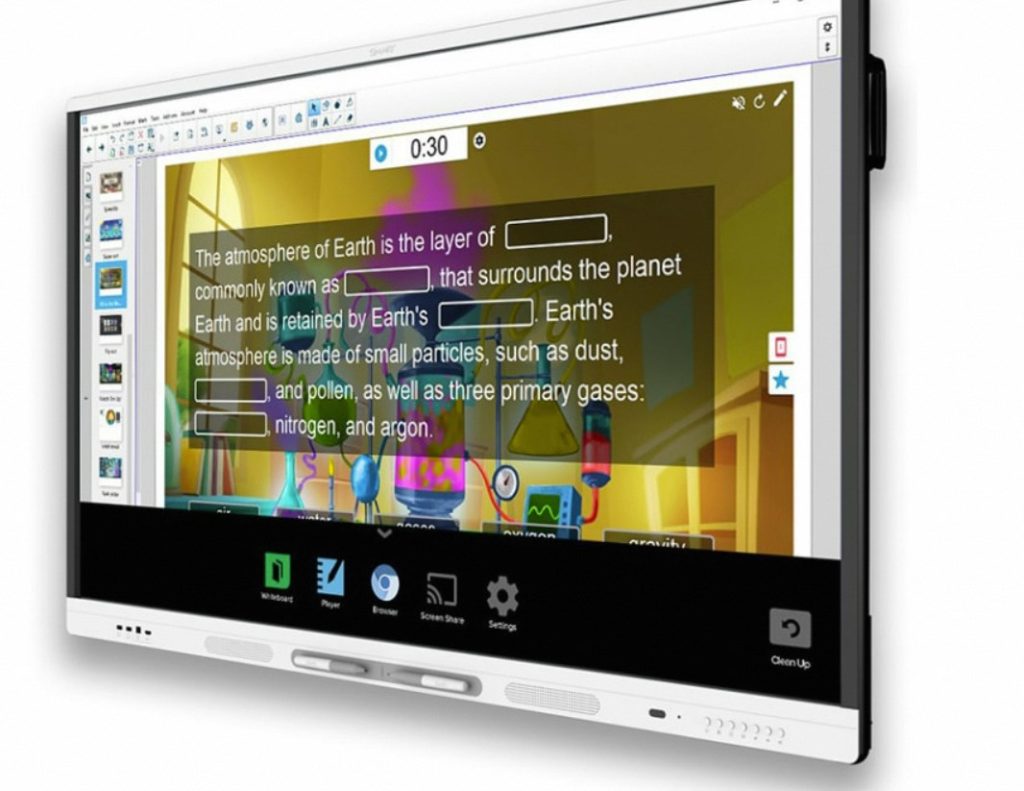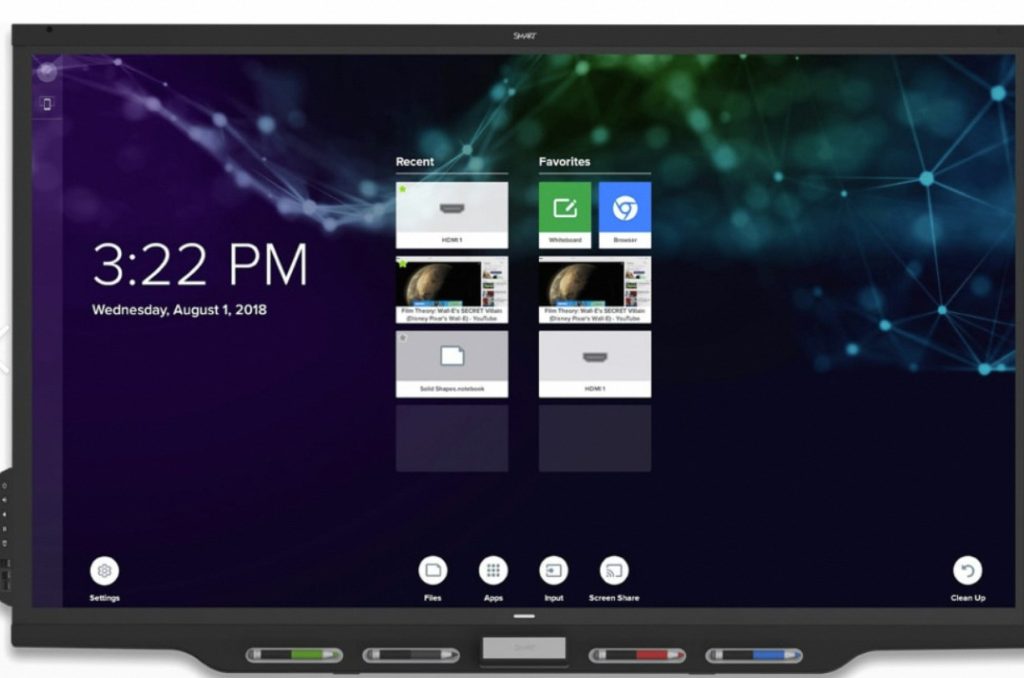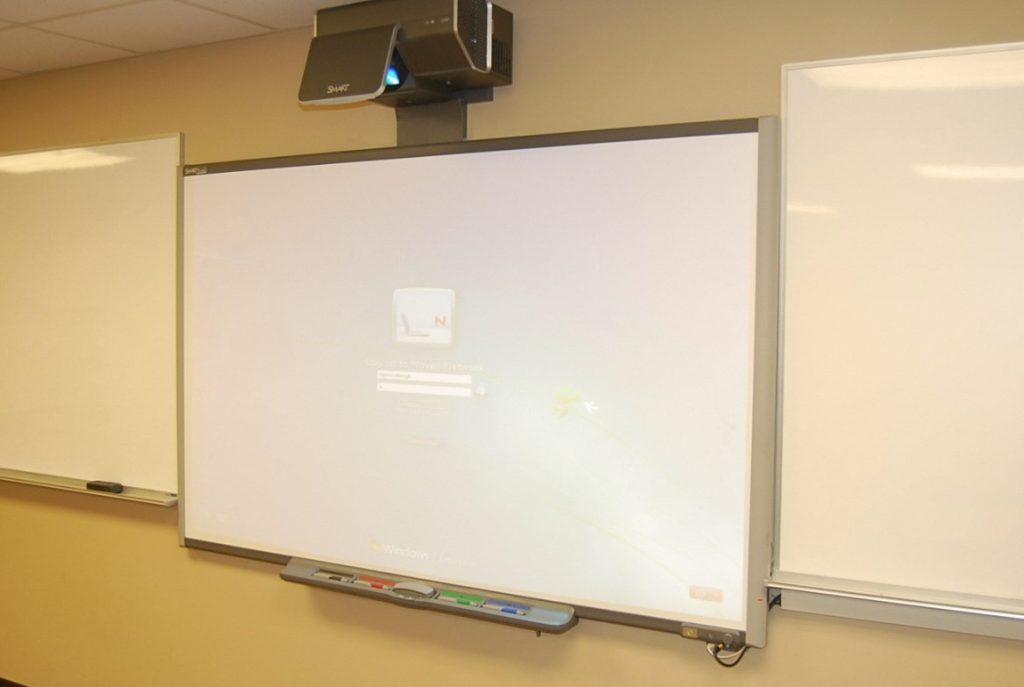In today’s technology-driven world, classrooms are evolving at a rapid pace. Smartboards, with their interactive features and versatility, have emerged as a powerful tool for educators to facilitate dynamic teaching and learning experiences. This article explores four key ways smartboards can transform classrooms into thriving hubs of knowledge and engagement:
Part 1: Enhancing Content Delivery and Visual Appeal
Beyond Textbooks:A Multi-Sensory Approach:
Smartboards replace static presentations with vibrant visuals, animations, and interactive elements. This multi-sensory approach caters to diverse learning styles. Visual learners benefit from engaging graphics, auditory learners thrive on multimedia integration, and kinesthetic learners appreciate the hands-on interaction. Studies have shown that incorporating multimedia elements can significantly improve information retention compared to traditional text-based learning.
Engaging Lesson Plans and Increased Student Interest:
Smartboards are invaluable tools that enable educators to craft captivating and interactive lesson plans. By harnessing the technology, teachers can seamlessly integrate simulations, virtual tours, and real-time data visualizations into their instruction, elevating the learning experience for their students. The use of smartboards creates an environment where abstract concepts are brought to life, making them more accessible and relatable to learners. As a result, students become more engaged and develop a genuine interest in the subject matter, fostering an innate curiosity and a hunger for knowledge. The interactive nature of smartboards encourages active participation and facilitates a deeper understanding of the material. By incorporating this technology, educators can transform traditional lessons into immersive and impactful experiences that inspire and motivate their students to explore and learn more.

Part 2: Promoting Collaboration and Active Participation
Shifting the Focus: From Teacher-Centered to Student-Driven Learning:
Smartboards play an instrumental role in transforming the traditional, teacher-centered learning approach into a more collaborative and interactive environment. With smartboards, students can directly manipulate content on the board. They can work together on projects in real-time and engage in interactive activities. These activities encourage sharing and building upon each other’s ideas. This collaborative approach fosters teamwork and cooperation. It also enhances students’ communication skills and critical thinking abilities. By participating in collaborative learning activities, students learn from each other and share diverse perspectives. They contribute to a rich and dynamic learning experience. This shift to a more collaborative learning environment enhances student engagement and motivation. It also nurtures a broader range of skills essential for success in the 21st century.
Incorporating Gamification and Fostering Healthy Competition:
Smartboards offer educators the opportunity to seamlessly integrate game mechanics into their lessons, effectively transforming mundane rote memorization into an engaging and interactive adventure. Through the use of smartboards, students can actively participate in interactive quizzes, polls, and educational games, all displayed on the board. This gamified approach not only fosters healthy competition among students but also cultivates a sense of ownership and autonomy in their learning process. By gamifying the learning experience, educators can significantly boost student participation, motivation, and retention of information. As a result, students are more likely to actively engage in the material and view learning as a fun and rewarding experience, leading to increased academic achievement. In essence, the integration of game mechanics into lessons through smartboards has the potential to revolutionize traditional teaching methods and enhance student learning outcomes.

Part 3: Personalized Learning and Differentiation
Catering to Individual Needs and Learning Styles:
Smartboards are an invaluable tool for teachers. They enable the creation of a more personalized and differentiated learning experience. This caters to individual student needs. They use interactive activities and customized assignments displayed on the board. This allows students to work at their own pace and explore topics that align with their unique learning preferences and abilities. Moreover, teachers can utilize the smartboard software to offer additional support or enrichment opportunities. This ensures that all students have the chance to succeed and excel academically. By leveraging the capabilities of smartboards, educators can effectively address diverse learning styles. They can adapt their teaching methods to accommodate each student’s individual needs. This ultimately creates an inclusive and supportive learning environment. This personalized approach not only fosters academic success but also promotes each student’s growth and development.
Real-Time Feedback and Formative Assessment for Continuous Improvement:
The interactive nature of smartboards allows for immediate feedback and personalized support. Students can participate in quizzes, polls, and other activities that provide real-time data on their understanding of the material. This enables teachers to identify areas where students might need extra help and adjust their instruction accordingly, ensuring no student falls behind. This cycle of formative assessment and personalized instruction allows for continuous improvement in both teaching and learning.

Part 4: Streamlining Classroom Management and Teacher Efficiency
Organized and Accessible Resources:
Smartboards have revolutionized classroom organization by eliminating the need for multiple whiteboards, markers, and handouts. With all lesson materials, assignments, and interactive resources stored and accessible through the smartboard software, the classroom remains organized and clutter-free. This technological advancement not only streamlines lesson planning but also significantly reduces preparation time for educators. This enables them to dedicate more time to crafting innovative and engaging learning experiences. Teachers can efficiently access and integrate a variety of multimedia elements such as videos, images, and interactive applications. This fosters a dynamic and interactive learning environment. By embracing smartboard technology, educators can effectively optimize their teaching strategies and maximize instructional time, ultimately enhancing the overall efficiency and productivity of the classroom. This seamless integration of resources ultimately creates a more streamlined and efficient learning experience for both teachers and students.
Data-Driven Instruction and Continuous Improvement:
Smartboards can be used to create interactive assessments that go beyond traditional pen-and-paper tests. These assessments can be easily graded and provide valuable data on student progress in real-time. Teachers can utilize this data to identify learning gaps, track student achievement, and adjust their teaching strategies to maximize student learning and ensure continual improvement in their educational practices.

By harnessing the power of smartboard technology, educators can create dynamic and engaging learning environments that cater to diverse learning styles, promote collaboration and critical thinking, and ensure personalized instruction for every student. Smartboard solutions provide educators with the tools they need to facilitate dynamic teaching and empower students to become active participants in their own learning journeys.



